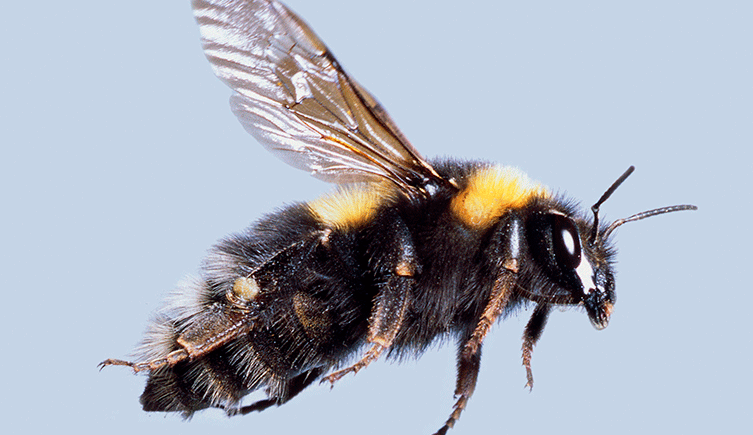Create a list of articles to read later. You will be able to access your list from any article in Discover.
You don't have any saved articles.

A team led by a Museum scientist has found that smaller bee species with shorter flight seasons are especially at risk in human-dominated areas.
Researchers have released the most comprehensive study to date into how the characteristics of different European bee species interact with changing land use across the continent.
The study, published in the Journal of Applied Ecology, looked at how traits such as size, flight season, and diet make certain species particularly sensitive to the risks from urbanisation and the intensification of agriculture.
Species with narrow diets and short flight seasons (the length of time they are active during the year) were found to be especially sensitive to high-intensity farmland. Examples include the Nomada errans (a type of cuckoo bee) and the longhorn bee Eucera nigrescens.
The researchers, led by Adriana De Palma of the Natural History Museum and Imperial College London, say their findings should allow conservation efforts to focus on areas where species' characteristics make them particularly vulnerable to environmental changes.

Concern over the plight of Europe's bees has grown in recent years
Scientists have become increasingly concerned about threats to bees in recent years, with the International Union for Conservation of Nature stating in March that 10% of Europe's native wild species could soon face extinction.
A significant drop-off in bee populations would have severe consequences for food security and biodiversity, because of the insect's crucial role in pollination.
Alongside climate change and harmful parasites, the intensification of farming and the growth of cities are seen as important causes of the declines.
The aim of the new study, says De Palma, is to identify some of the traits that make certain species more vulnerable to human impact than others.
'This research highlights how the fate of Europe's bees doesn't just depend on their ecology, or on the land use where they live, but a combination of the two. We can now take an important step towards effective conservation by trying to intervene when there's a bad combination', she says.
The team analysed 257 bee species at 1,584 locations in Europe, and found that land-use pressures alone explained little of the variation in bee numbers across the sites.
Instead, land pressures combined with specific characteristics of bee species - such as small foraging ranges, short flight seasons and highly specific diets - helped to explain where species were located and how large the different populations were.

The authors looked at a spread of data on bee populations from across Europe
'Small species that only use a select set of plants are especially sensitive to intensive cropland. They might therefore benefit from land management that encourages more flowers - but only if the flowers are close enough to their nests, because they don't fly very far to look for food', says De Palma.
The study's authors say more research now needs to be carried out into how different bees' ecological traits affect pollination. 'We have shown which traits make species more vulnerable,' says De Palma, 'but if these species are also crucial for pollination services, protecting them is doubly important'.